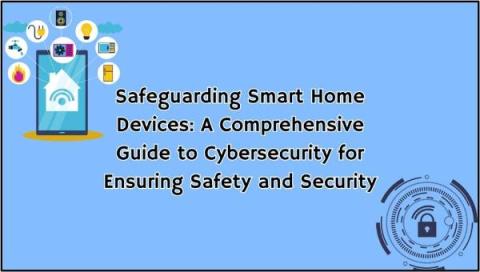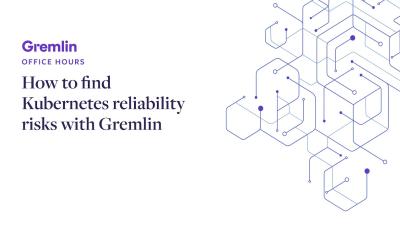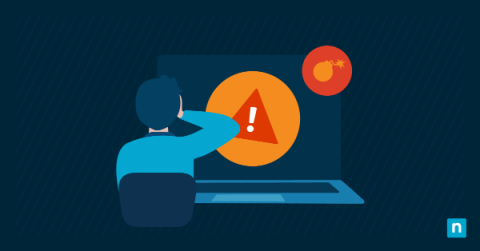Navigating the Digital Landscape: Insights Into Asset Trading
When considering the complexities of asset trading in the digital landscape, think about the recent surge in popularity of cryptocurrencies like Bitcoin. As you navigate through the vast array of market trends and technological tools available to traders, you may find yourself pondering the best risk management strategies and algorithmic trading techniques to employ. But what lies ahead for the future of digital asset trading? Stay tuned to uncover valuable insights that could shape your trading decisions in this ever-evolving landscape.











